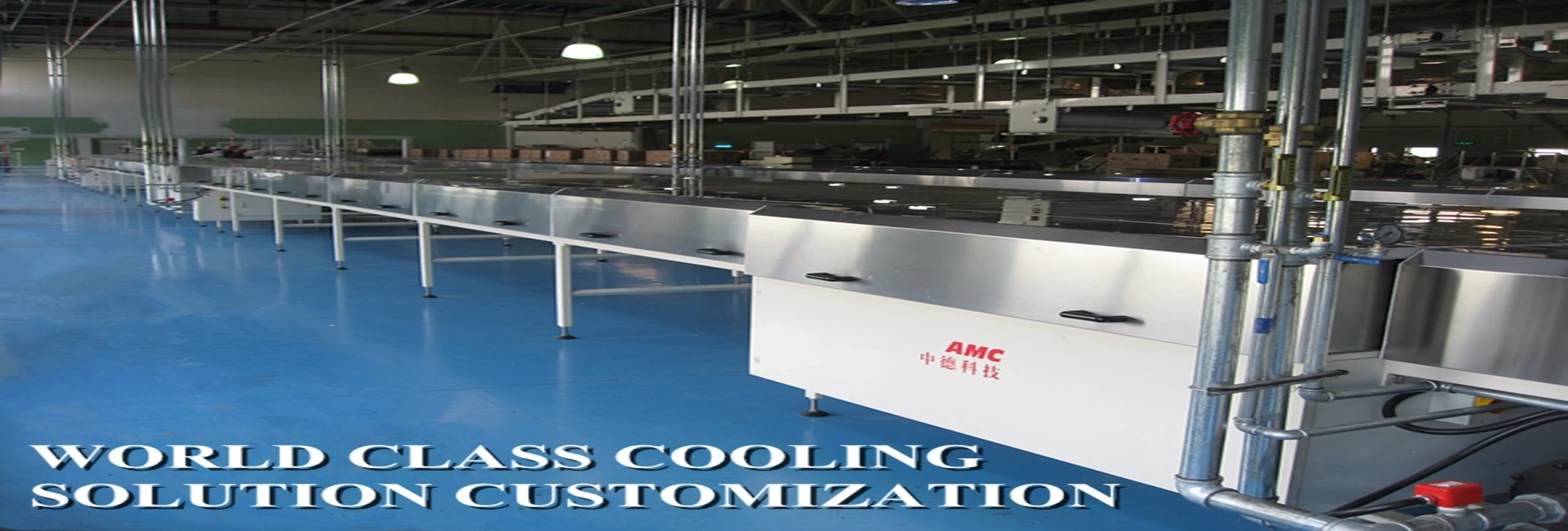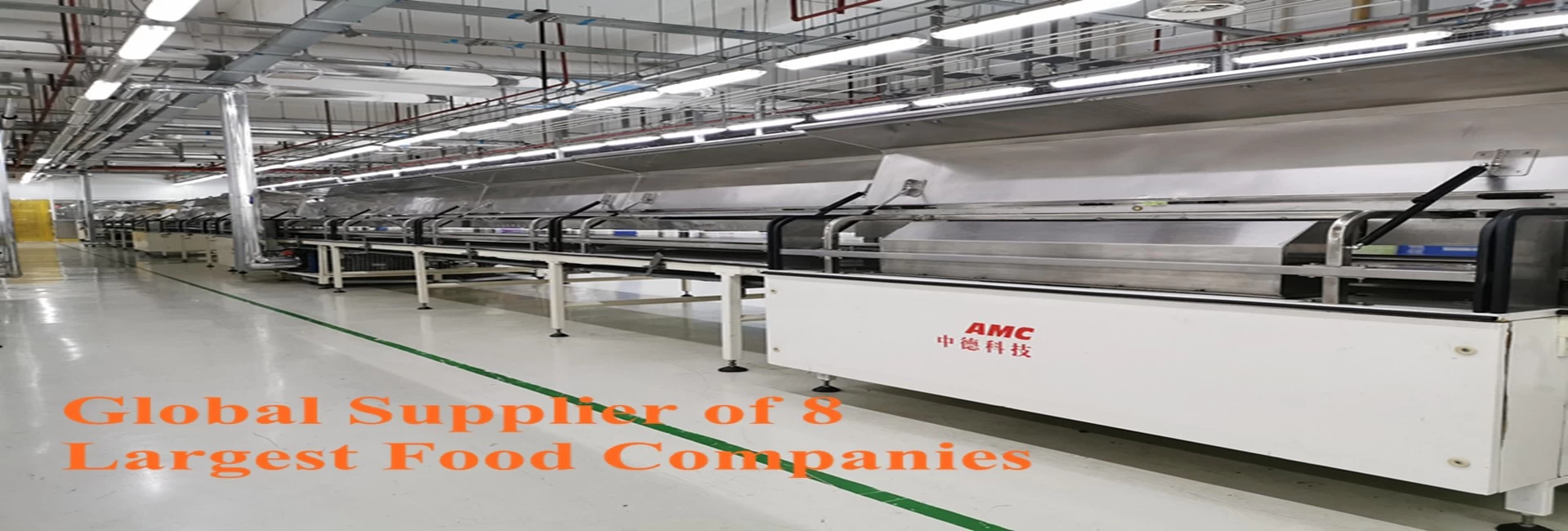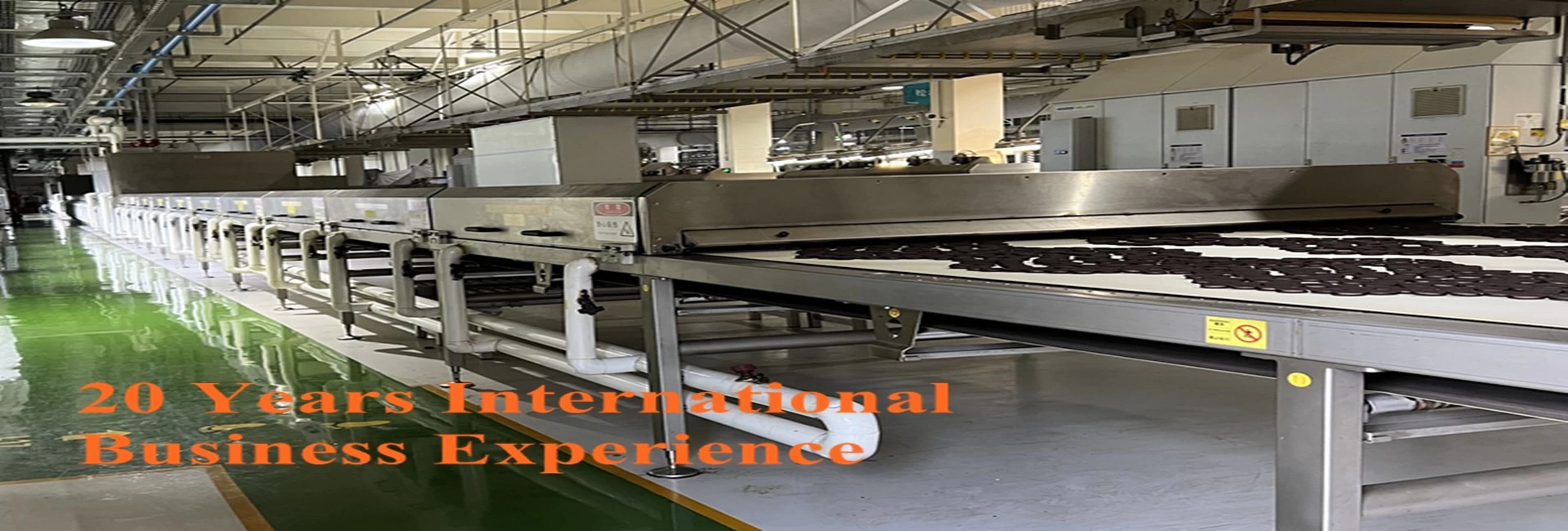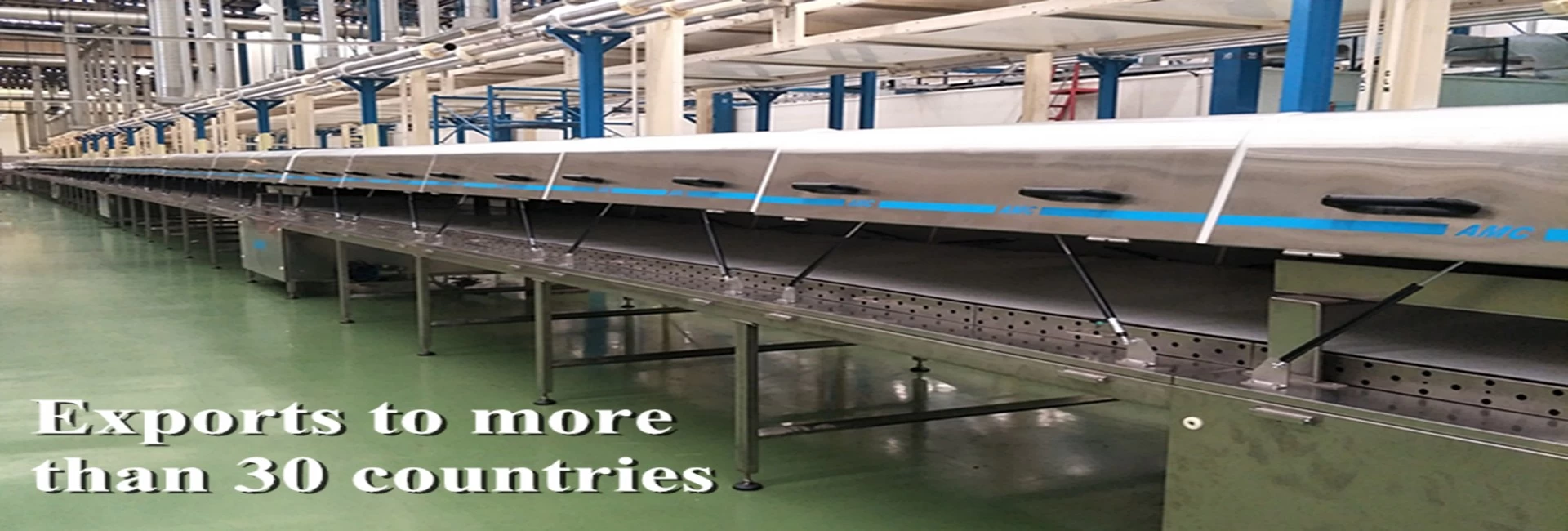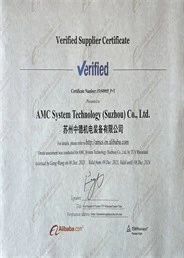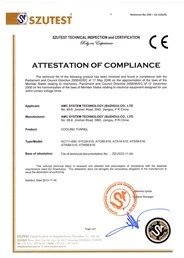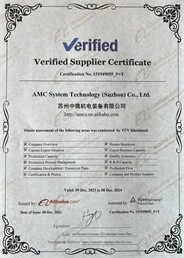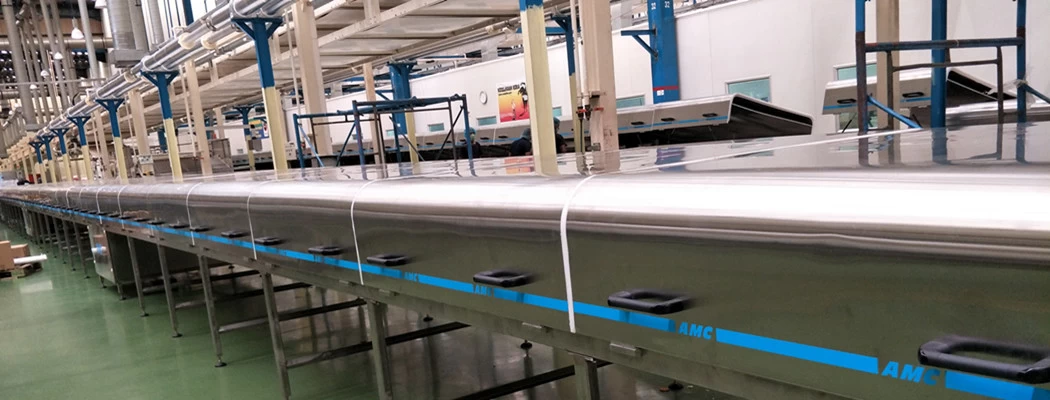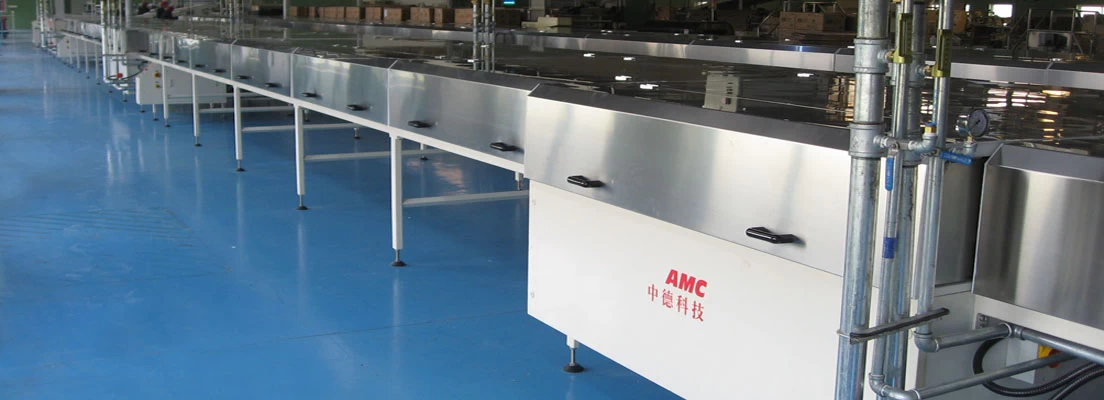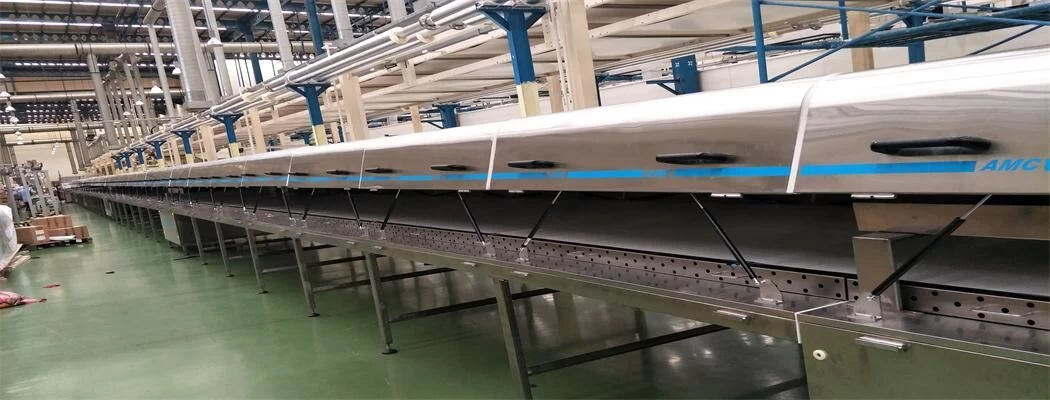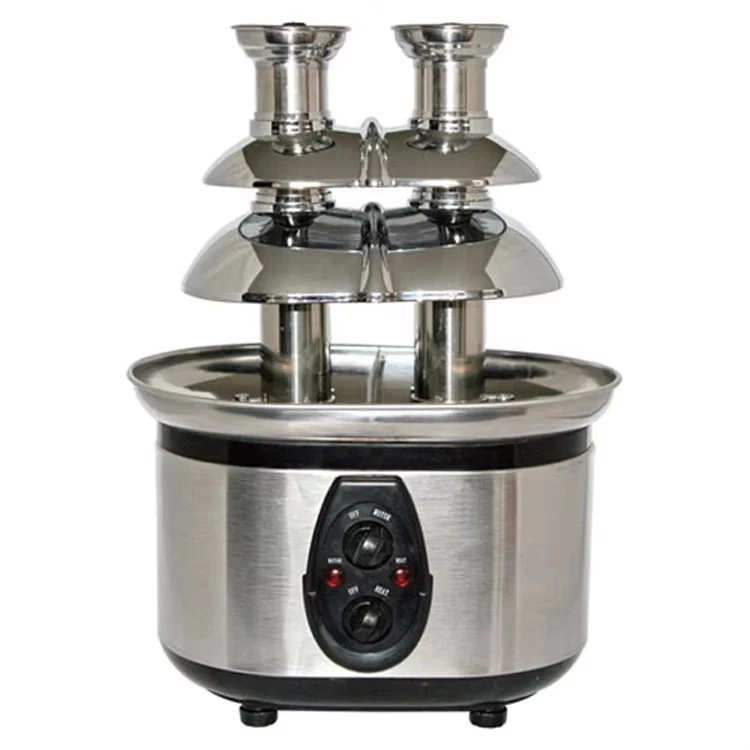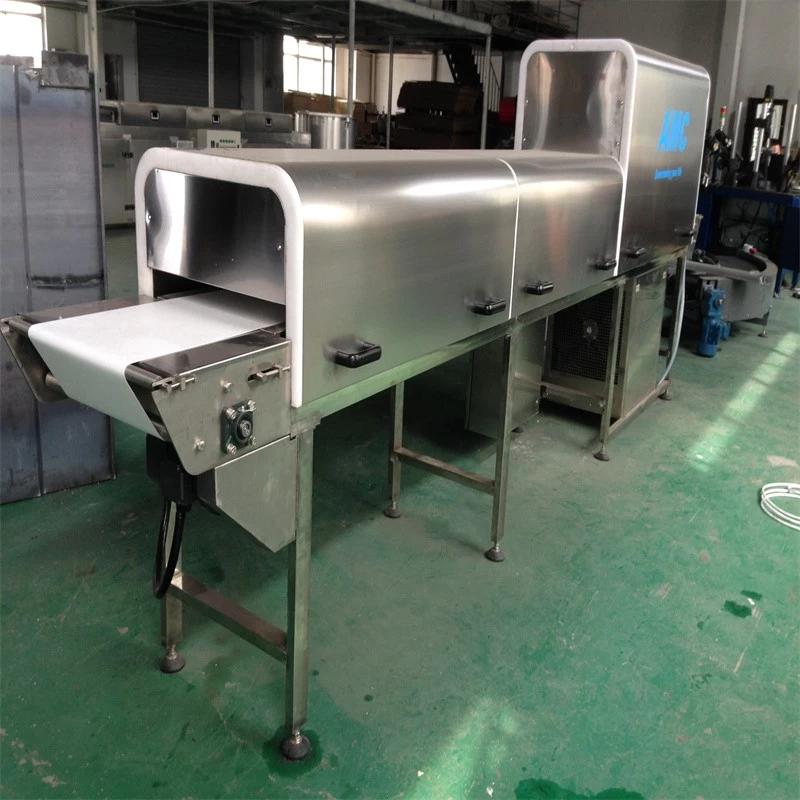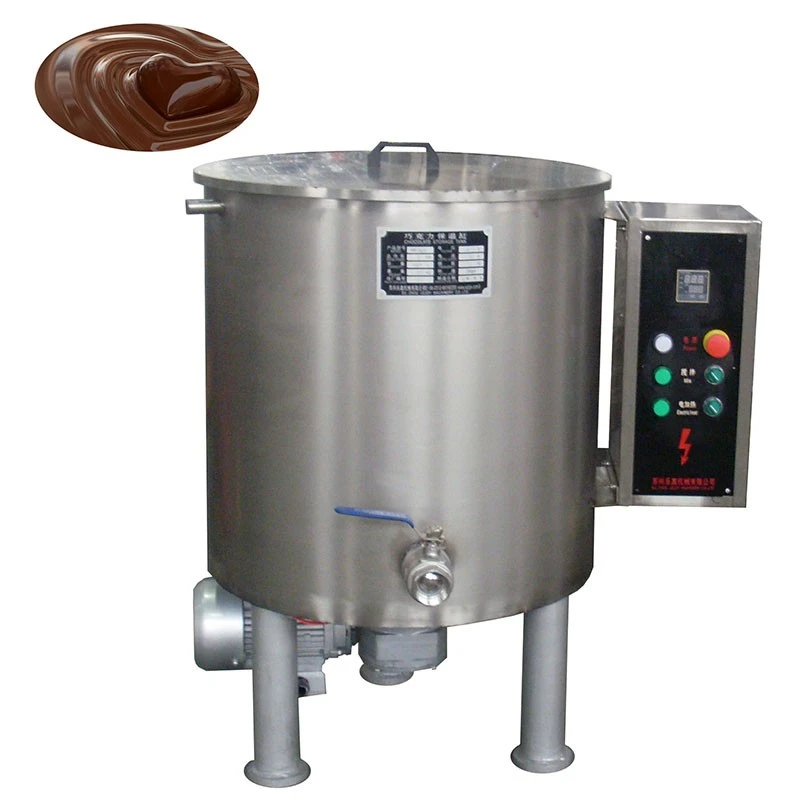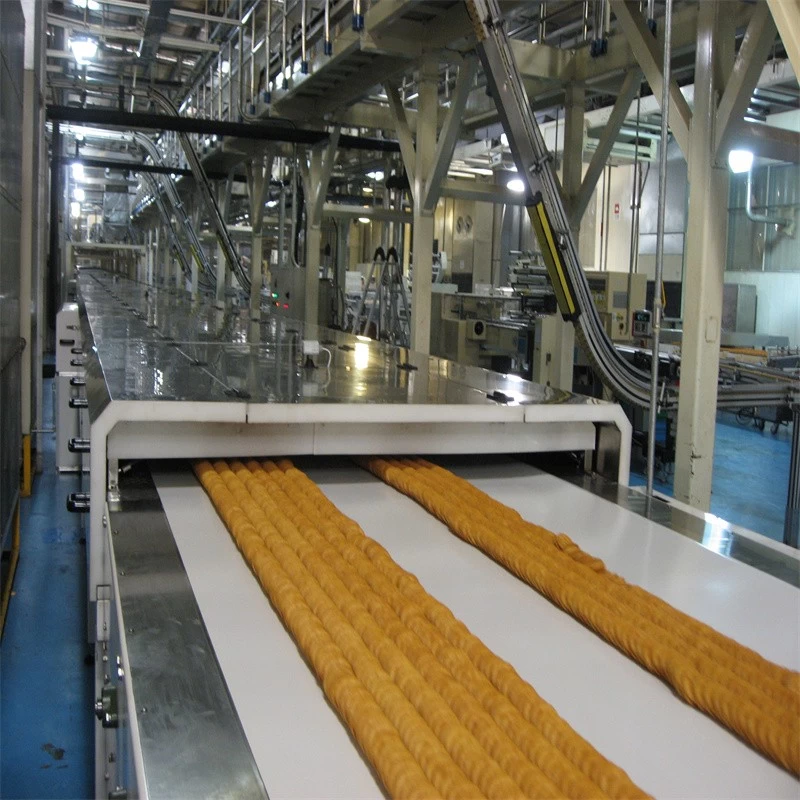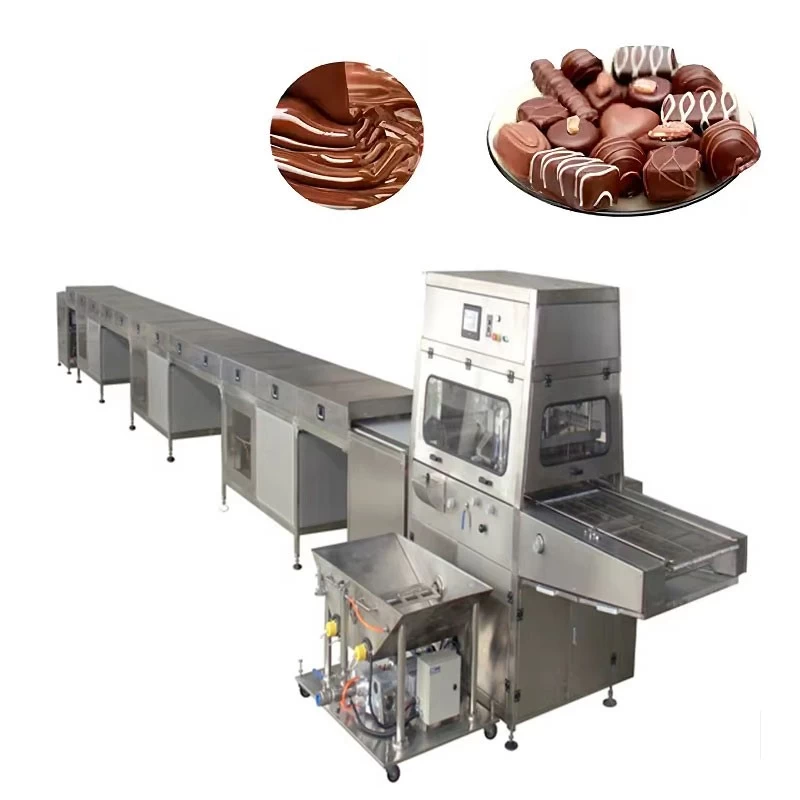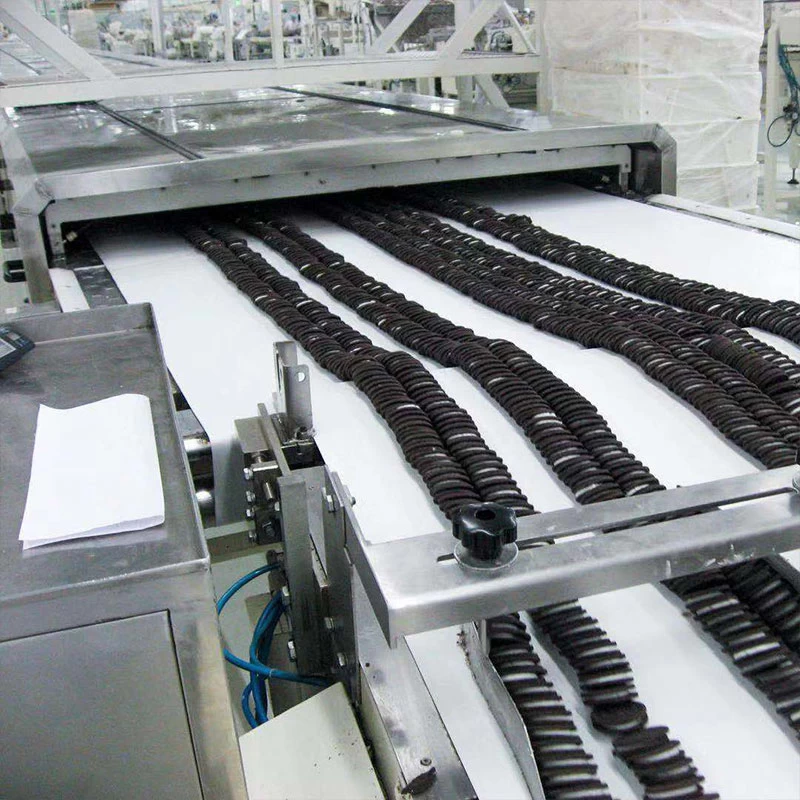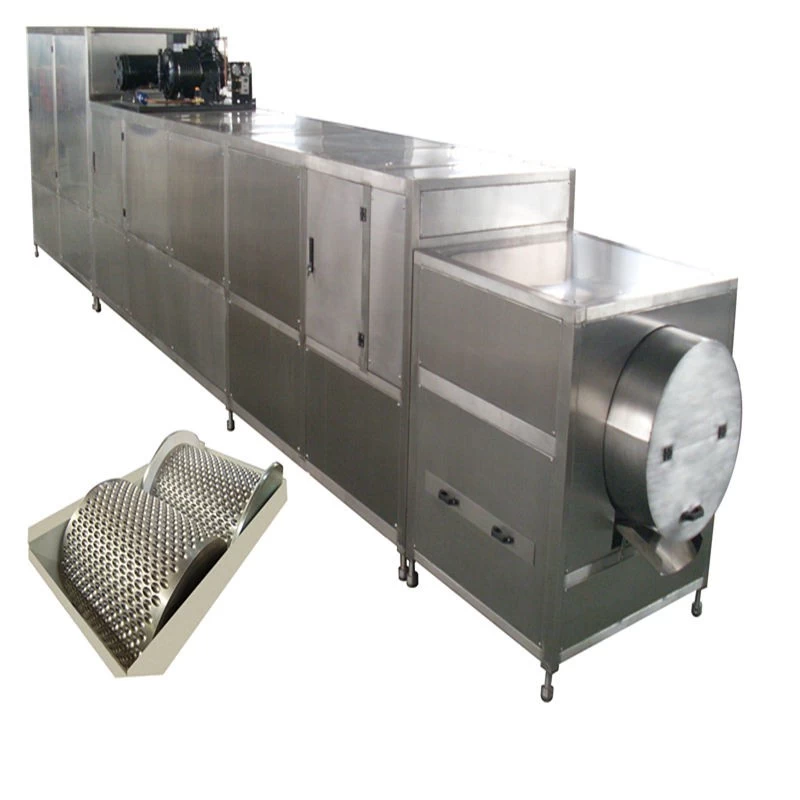Remedial Measures for Refrigerant Control Methods of Industrial Chillers
AMC
AMC
2016-10-31 11:55:51
Industrial chillers are filled with too much refrigerant, and the chances of failure are higher, and only the complete rig is tested to determine the maximum and at the same time safe refrigerant charge.
Compressor manufacturers are able to determine the maximum charge of liquid refrigerant that does not cause damage to the compressor operating parts, but it is not possible to determine how much of the overall charge of the refrigeration system is in the compressor in most extreme cases. The maximum charge capacity of the liquid refrigerant is determined by its design, the internal volume and the charge of the refrigerated oil. The necessary remedies must be taken when liquid migration, flooding or liquid strikes occur. The type of remediation depends on the system Design and type of failure.
When the industrial chiller-related failures, the common remedies are as follows:
1, to reduce the refrigerant charge
The best way to protect the compressor against liquid refrigerant-induced failures is to limit the refrigerant charge to the compressor's permissible range. If this is not possible, the charge should be minimized. Flow rate conditions, the condenser, evaporator and connecting pipe as far as possible the use of small diameter pipe, the reservoir is also selected as small as possible. After the minimum charge required to have the correct operation, to the mirror due to Bubbles that are too thin and too low in head pressure cause a vigilance, which can lead to severe overfill.
2, take the time cycle
The most positive and reliable way to control the liquid refrigerant is to evacuate the cycle, especially when the system is filled with a large amount of liquid, the refrigerant can be pumped into the condenser and reservoir by closing the solenoid valve of the manifold, the compressor Under the control of the low-pressure safety control device, the refrigerant is isolated from the compressor when the compressor is not in operation, avoiding the migration of the refrigerant into the compressor crankcase. In the shutdown phase, continuous evacuation is recommended to prevent leakage of the solenoid valve If there is an evacuation cycle, or a non-recirculation control, there will be excessive refrigerant leaks that can damage the compressor when the compressor is shut down for long periods of time, although continuous evacuation cycles are the best way to prevent migration, The compressor is protected against the effects of refrigerant overflow.
3, the crankcase heater
The function of the crankcase heater is to keep the temperature of the oil in the crankcase higher than the lowest temperature in the system.However, in order to prevent overheating and freezing of the oil, the heating power of the crankcase heater must be limited.When the ambient temperature is close to -18 ℃, or when the suction pipe is exposed, the role of the crankcase heater will be partially offset, the migration phenomenon is still possible.
The crankcase heaters are generally continuously heated in use because once the refrigerant enters the crankcase and condenses in the refrigeration oil, it takes up to several hours to return it to the suction line again. When the situation is not particularly serious, the crankcase heater is very effective for preventing migration, but the crankcase heater can not protect the compressor against the backflow of the liquid.
4, suction gas-liquid separator
For systems prone to liquid flooding, a gas-liquid separator should be installed on the suction line to temporarily store the liquid refrigerant overflowing the system and to return the liquid refrigerant to the compressor at a rate that the compressor can withstand.
Depending on the overall charge requirements of the different refrigeration systems and the different refrigerant control methods, the need for a gas-liquid separator and the size of the gas-liquid separator will depend to a large degree on the specific system requirements. A conservative design approach is to determine the capacity of the gas-liquid separator in terms of 50% of the total charge of the system.
5, the oil separator
Oil separator can not solve the oil return fault caused by the system design and can not solve the liquid refrigerant control failure.However, when the system control failure can not be solved by other methods, the oil separator can help to reduce the circulation in the system Oil, can help the system through a dangerous period, until the system control device back to normal.
Compressor manufacturers are able to determine the maximum charge of liquid refrigerant that does not cause damage to the compressor operating parts, but it is not possible to determine how much of the overall charge of the refrigeration system is in the compressor in most extreme cases. The maximum charge capacity of the liquid refrigerant is determined by its design, the internal volume and the charge of the refrigerated oil. The necessary remedies must be taken when liquid migration, flooding or liquid strikes occur. The type of remediation depends on the system Design and type of failure.
When the industrial chiller-related failures, the common remedies are as follows:
1, to reduce the refrigerant charge
The best way to protect the compressor against liquid refrigerant-induced failures is to limit the refrigerant charge to the compressor's permissible range. If this is not possible, the charge should be minimized. Flow rate conditions, the condenser, evaporator and connecting pipe as far as possible the use of small diameter pipe, the reservoir is also selected as small as possible. After the minimum charge required to have the correct operation, to the mirror due to Bubbles that are too thin and too low in head pressure cause a vigilance, which can lead to severe overfill.
2, take the time cycle
The most positive and reliable way to control the liquid refrigerant is to evacuate the cycle, especially when the system is filled with a large amount of liquid, the refrigerant can be pumped into the condenser and reservoir by closing the solenoid valve of the manifold, the compressor Under the control of the low-pressure safety control device, the refrigerant is isolated from the compressor when the compressor is not in operation, avoiding the migration of the refrigerant into the compressor crankcase. In the shutdown phase, continuous evacuation is recommended to prevent leakage of the solenoid valve If there is an evacuation cycle, or a non-recirculation control, there will be excessive refrigerant leaks that can damage the compressor when the compressor is shut down for long periods of time, although continuous evacuation cycles are the best way to prevent migration, The compressor is protected against the effects of refrigerant overflow.
3, the crankcase heater
The function of the crankcase heater is to keep the temperature of the oil in the crankcase higher than the lowest temperature in the system.However, in order to prevent overheating and freezing of the oil, the heating power of the crankcase heater must be limited.When the ambient temperature is close to -18 ℃, or when the suction pipe is exposed, the role of the crankcase heater will be partially offset, the migration phenomenon is still possible.
The crankcase heaters are generally continuously heated in use because once the refrigerant enters the crankcase and condenses in the refrigeration oil, it takes up to several hours to return it to the suction line again. When the situation is not particularly serious, the crankcase heater is very effective for preventing migration, but the crankcase heater can not protect the compressor against the backflow of the liquid.
4, suction gas-liquid separator
For systems prone to liquid flooding, a gas-liquid separator should be installed on the suction line to temporarily store the liquid refrigerant overflowing the system and to return the liquid refrigerant to the compressor at a rate that the compressor can withstand.
Depending on the overall charge requirements of the different refrigeration systems and the different refrigerant control methods, the need for a gas-liquid separator and the size of the gas-liquid separator will depend to a large degree on the specific system requirements. A conservative design approach is to determine the capacity of the gas-liquid separator in terms of 50% of the total charge of the system.
5, the oil separator
Oil separator can not solve the oil return fault caused by the system design and can not solve the liquid refrigerant control failure.However, when the system control failure can not be solved by other methods, the oil separator can help to reduce the circulation in the system Oil, can help the system through a dangerous period, until the system control device back to normal.

